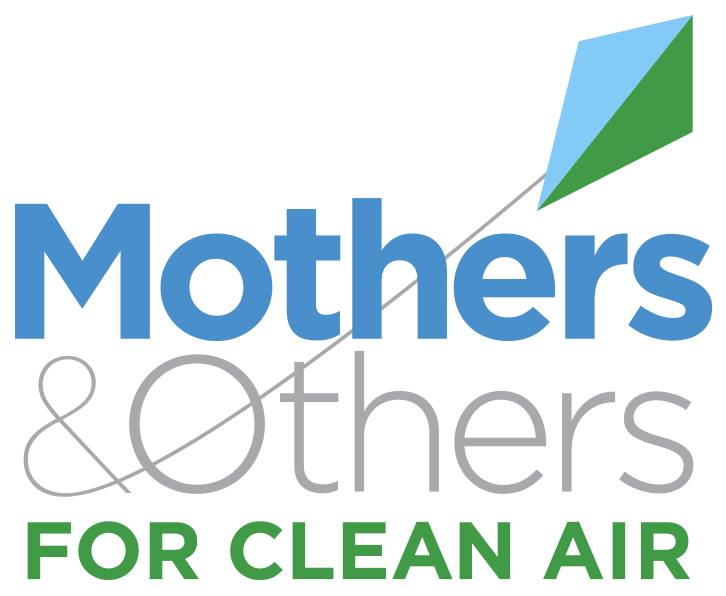OBJECTIVE: This study evaluated the relationship between prenatal exposure to airborne polycyclic aromatic hydrocarbons (PAHs) and child intelligence.
METHODS: Children of nonsmoking black or Dominican-American women residing in New York City were monitored from in utero to 5 years of age, with determination of prenatal PAH exposure through personal air monitoring for the mothers during pregnancy. At 5 years of age, intelligence was assessed for 249 children by using the Wechsler Preschool and Primary Scale of Intelligence-Revised. Multivariate linear regression models were used to estimate and to test the associations between prenatal PAH exposure and IQ.
RESULTS: After adjustment for maternal intelligence, quality of the home caretaking environment, environmental tobacco smoke exposure, and other potentially confounding factors, high PAH levels (above the median of 2.26 ng/m3) were inversely associated with full-scale IQ (P = .007) and verbal IQ (P = .003) scores. Children in the high-exposure group had full-scale and verbal IQ scores that were 4.31 and 4.67 points lower, respectively, than those of less-exposed children (≤2.26 ng/m3). The associations between logarithmically transformed, continuous, PAH levels and these IQ measures also were significant (full-scale IQ: β = −3.00; P = .009; verbal IQ: β = −3.53; P = .002).
CONCLUSION: These results provide evidence that environmental PAHs at levels encountered in New York City air can affect children's IQ adversely.
Published Aug 1, 2009
Perera, F. P., Li, Z., Whyatt, R., Hoepner, L., Wang, S., Camann, D., & Rauh, V. (2009). Prenatal airborne polycyclic AROMATIC hydrocarbon exposure and Child IQ at age 5 years. PEDIATRICS, 124(2). doi:10.1542/peds.2008-3506
